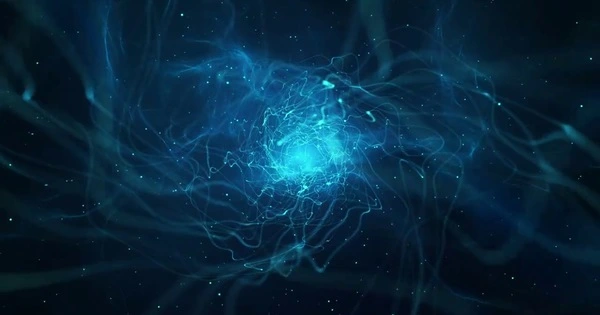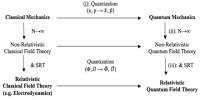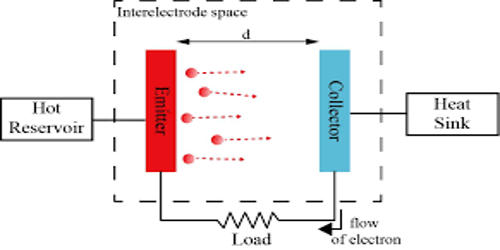Random matrix theory (RMT) is a mathematical framework used to study the statistical properties of matrices with random elements. It has found applications in various areas of physics, including nuclear physics, condensed matter physics, and quantum chaos.
Scientists examined each lepton-related element of the neutrino mass matrix and demonstrated theoretically that the intergenerational mixing of lepton flavors is significant. Furthermore, the research team was able to demonstrate, as much as is possible at this stage, why the calculation of the squared difference of the neutrino masses agrees with the experimental results in the case of the seesaw model with the random Dirac and Majorana matrices. The findings of this study are expected to contribute to the advancement of particle theory research, which is still largely unknown.
When you divide any matter into smaller and smaller pieces, eventually all you’re left with – when you can’t divide it any further – is a particle. There are currently 12 different known elementary particles, which are made up of quarks and leptons, each of which has six different flavors. These flavors are divided into three generations, each with one charged and one neutral lepton, to produce various particles such as electrons, muons, and tau neutrinos. A three-by-three matrix represents the masses of the three generations of neutrinos in the Standard Model.
Clarifying the properties of elementary particles leads to the exploration of the universe and ultimately to the grand theme of where we came from! Beyond the remaining mysteries of the Standard Model, there is a whole new world of physics.
Professor Haba
A research team led by Professor Naoyuki Haba from the Osaka Metropolitan University Graduate School of Science, analyzed the collection of leptons that make up the neutrino mass matrix. Neutrinos are known to have less difference in mass between generations than other elementary particles, so the research team considered that neutrinos are roughly equal in mass between generations. They analyzed the neutrino mass matrix by randomly assigning each element of the matrix. They showed theoretically, using the random mass matrix model that the lepton flavor mixings are large.
“Clarifying the properties of elementary particles leads to the exploration of the universe and ultimately to the grand theme of where we came from!” Professor Haba explained. “Beyond the remaining mysteries of the Standard Model, there is a whole new world of physics.”

The researchers discovered that the anarchy approach requires that the matrix measure obey the Gaussian distribution after studying neutrino mass anarchy in the Dirac neutrino, seesaw, and double seesaw models. The research team was able to demonstrate, as best they could at this stage, why the calculation of the squared difference of the neutrino masses is closest to the experimental results in the case of the seesaw model with the random Dirac and Majorana matrices after considering several models of light neutrino mass where the matrix is composed of the product of several random matrices.
The application of RMT to the study of neutrinos is still in its early stages, and there is much work to be done to fully understand the properties of neutrinos. However, the use of RMT offers a promising avenue for understanding the mysteries of neutrino mass and could lead to significant breakthroughs in our understanding of particle physics.
“We demonstrated that the neutrino mass hierarchy can be mathematically explained using random matrix theory in this study.” This proof, however, is not mathematically complete and is expected to be rigorously proven as random matrix theory develops,” said Professor Haba. “In the future, we will continue with our challenge of elucidating the three-generation copy structure of elementary particles, the essential nature of which is still completely unknown, both theoretically and experimentally.”
















